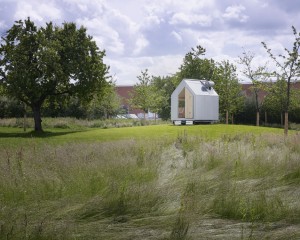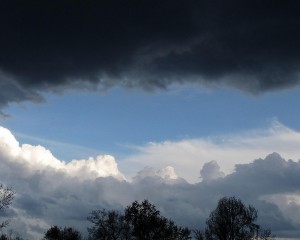The Heat is Put on Canada’s Atmosphere
The rest of the world has got some searing criticism for Canada in response it’s shift in environmental priority. Environment Canada has made the decision to decrease its observation of air pollution (that is linked to health concerns). Instead, it has reallocated these scientists to other tasks, and they have been vague to specify what these tasks exactly entail.
Critics have been quick to verbally slay Environment Canada, claiming these cuts will “jeopardize” the world’s ability to monitor holes in the ozone layer and high pollutants in the atmosphere. Environment Canada’s response says that none of the staff involved in this monitoring have lost their jobs or changed tasks, but instead have started working on ‘other priorities’ as well. This is coming in the wake of the announcement last fall that 700 scientific and research jobs would be influenced by budget cuts, and last month’s layoff of sixty scientists.
Canada’s role in atmospheric monitoring has been monumental, keeping track of the level of dropping ozone, which can cause cancer, and tropospheric pollution (pollution particles caused from emissions by sources of ‘burning’ i.e. cars, forest fires, volcanoes), which is accountable for many heart or lung issues. Now 5 out of 6 LIDAR* stations set up to monitor particulate pollution, lay unused.
Yes of course we can all see the impact on a big scale, but how does this affect us directly? Canada’s ozone monitoring led to us knowing the daily UV indexes, and the LIDAR stations kept track of ash from volcanic eruptions which can have an effect on aircraft. So although we know the long term health repercussions that these atmospheric threats pose, this shift to other “priorities” will leave many in the dark about what can affect us day-to-day. We’ll notice the change when we don’t have the UV index to dictate when to ramp up the sunscreen, or perhaps when a flight gets delayed from the latest volcanic ash cloud that hits the air.
*LIDAR stands for light detection and ranging, and in this context, is a method that shoots a form of radar into the atmosphere and measures the light that reflects off pollution.
via CBCNews
photo courtesy of Ju-x





